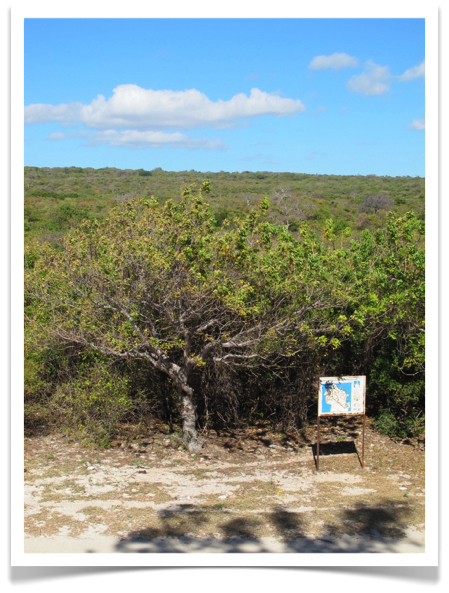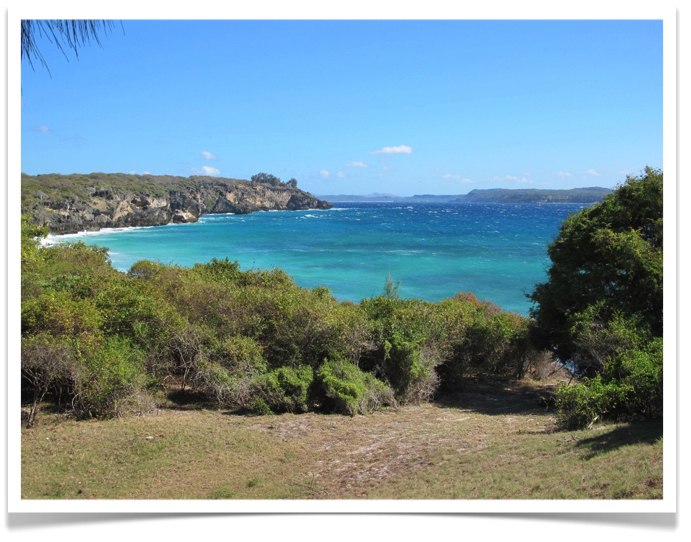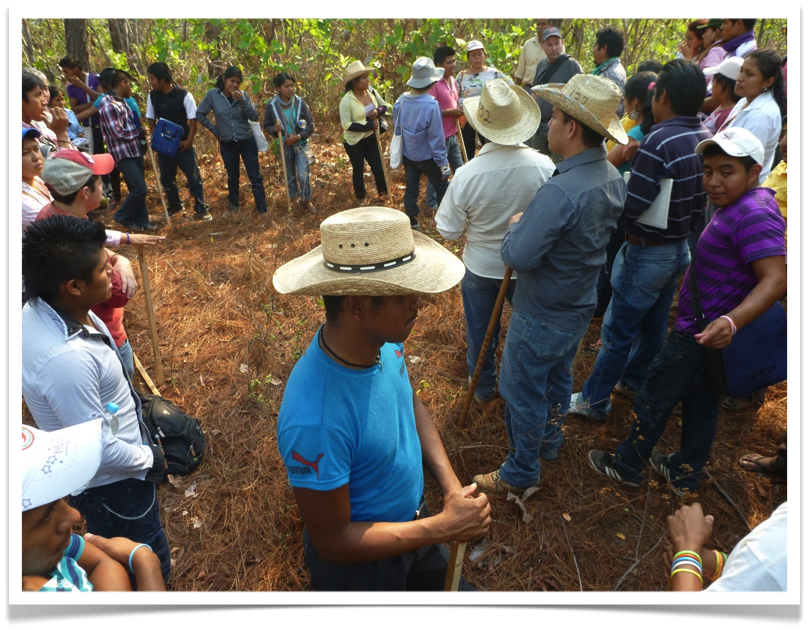The Dream of the Earth
 Friday, June 5, 2015 at 9:58AM
Friday, June 5, 2015 at 9:58AM
It's Friday, and it seems like an appropriate time to share (finally) some Thomas Berry. Berry (1914-2009), who was a Catholic priest, cultural historian, ecotheologian, cosmologist, geologian, and deep ecology advocate, is the author of the seminal work, The Dream of the Earth. This amazing treatise, first published by the Sierra Club in 1988, provides an intellectual-ethical framework for the human community by positing planetary well-being as the measure of all human activity.
Such a fantastic universe, with its great spiraling galaxies, its supernovas, our solar system, and this priviledged planet Earth. All this is held together in the vast curvature of space, poised so precisely in holding all things together in the one embrace and yet so lightly that the creative expansion of the universe might continue into the future. We ourselves, with our distinctive capacities for reflexive thinking, are the most recent wonder of the universe, a special mode of reflecting this larger curvature of the universe itself. If in recent centuries we have sought to collapse this larger creative curve within the horizons of our own limited being, we must now understand that our own well-being can be achieved only through the well-being of the entire natural world about us. The greater curvature of the universe and of the planet Earth must govern the curvature of our own being. In the coincidence of these three curves lies the way into a creative future.
- From the Introduction, The Dream of the Earth
This book is a foundational volume of the ecological canon. Timely words for troubled times. Highly, highly recommended. [NOTE: Just so you know, today is my birthday].
 The Dream of the Earth,
The Dream of the Earth,  Thomas Berry in
Thomas Berry in  Art,
Art,  Dharma,
Dharma,  Other,
Other,  Science | |
Science | |  Email Article |
Email Article |  Print Article
Print Article 















